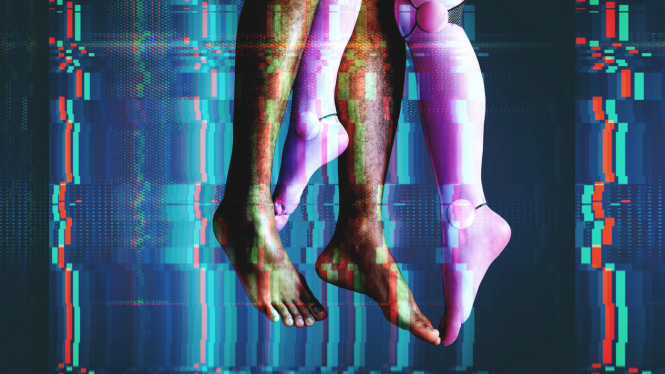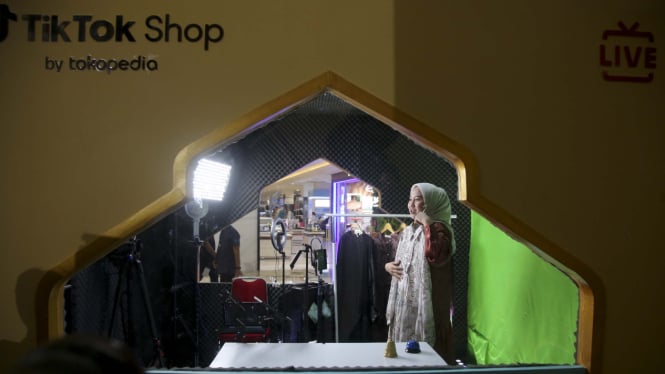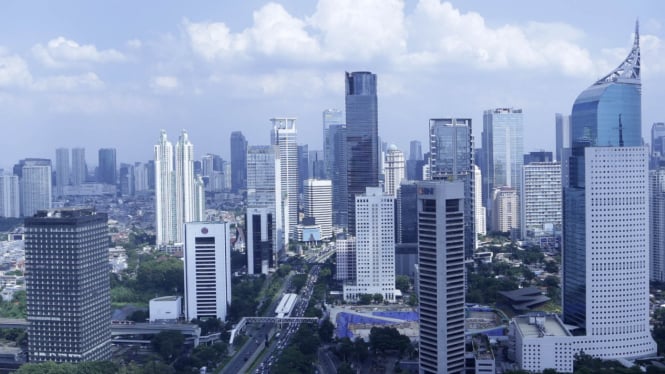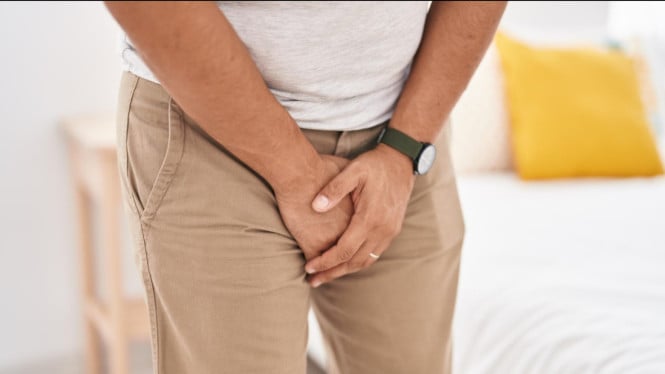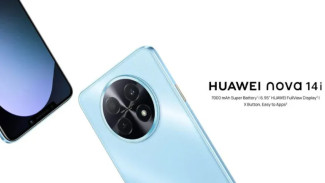Possibility Humans Reproduce in Space by Mouse Embryos Development
- Bigthink
After arriving at the space station, the early stage rodent embryos were thawed using a special instrument. Following this, astronauts cultured the embryos under microgravity for four days.
The samples were then returned to Earth, where Wakayama and colleagues could study and compare them to mouse embryos grown in normal gravity here on terra firma.
Following this, astronauts cultured the embryos under microgravity for four days. The samples were then returned to Earth, where Wakayama and colleagues could study and compare them to mouse embryos grown in normal gravity here on terra firma.
And sure enough, according to a paper published in the journal iScience, the team reported that embryos cultured under microgravity conditions developed into blastocysts - a cluster of dividing cells made by a fertilized egg - with normal cell numbers.
The researchers said in the paper that this "clearly demonstrated that gravity had no significant effect on the blastocyst formation and initial differentiation of mammalian embryos."
The team also found that, if allowed, the blastocysts would grow into mouse fetuses and placentas while showing no significant DNA alterations or changes in gene expression.
The survival rate of the embryos grown on the ISS was lower, however, than those cultivated here on Earth.
"In the future, it will be necessary to transplant the blastocysts that were cultured in ISS’s microgravity into mice to see if mice can give birth," the team added in the paper, though saying this was a vital step toward confirming that blastocysts grown in microgravity are indeed "normal."
One aspect of the research the team will need to investigate further is the effect of radiation on space-based mammalian embryo growth.
Though the researchers did look at this somewhat, they did not consider radiation exposure during the phases of live embryo cryopreservation and culturing specifically.
